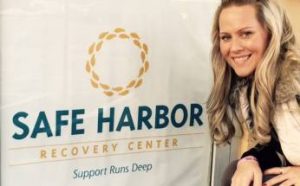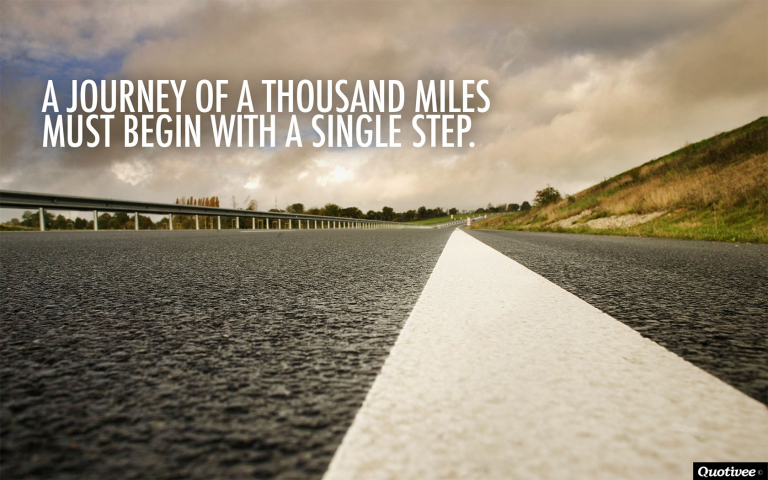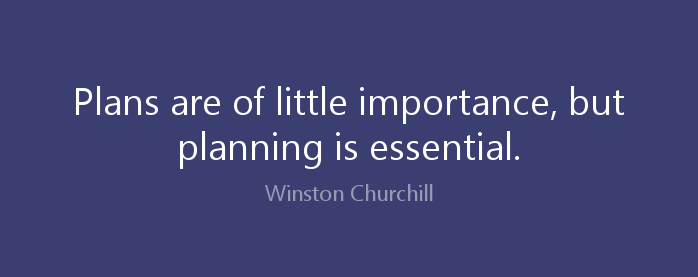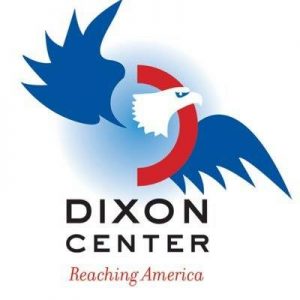Catalyst for Change
I often ask the people who come to us for services what is the moment—the catalyst—that brings them through our doors seeking help. What is it that propels them to action and to make a change? Often people have been referred by another agency. Or, they have a friend who has experienced success and urges them to come in. Some see a post on social media shared by a friend. Others may see a brochure and decide to pick it up and read it. There is no wrong door to ask for help.
Many times, the people who come to us are at a low point—for some, the lowest point ever—in their lives. But they have something in common. That something is hope.
*******
There is much research out there that suggests that when confronted with a chronic and life-threatening medical condition such as diabetes or heart disease, many patients do not take the action they need to improve their condition. They might take a pill and start out exercising or eating well, but soon slide back into old habits. They can’t sustain their better habits even out of fear of death. Alan Deutschman, in his book Change or Die, discusses the phenomenon that keeps patients on track. The undergirding factor that motivates patients to stay the course is not fear, but hope and a champion who walks alongside them in the change process.
*******
And, when leaders want to reorganize, reset, innovate, or improve aspects of their organization, imposing a quick change on staff can breed fear. Will I be able to thrive in the “new” way? What if I don’t have the tools to move forward? What if the skillset I have now is not what’s needed for the future? The greatest motivator is not fear, but instead is an attitude that looks forward to change and to learning whatever’s needed to help make the change a success. Hope for success is the catalyst for comfort with change.
For those whom we serve, for patients wishing for a lasting change, and for individuals who work in any organization, creating a vision of what’s possible and then offering the precise tools and roadmap for change is the catalyst for success. It seems quite simple, yet we often forget to state the vision—the “why” of our work. As leaders–individually and in the world of social services–articulating the vision, walking the path with those who are experiencing change, and creating the tools to concretize that vision is the surest road to a successful future.
What has been the catalyst for a big change in your life? What led you to that moment of acceptance of that change?

















